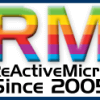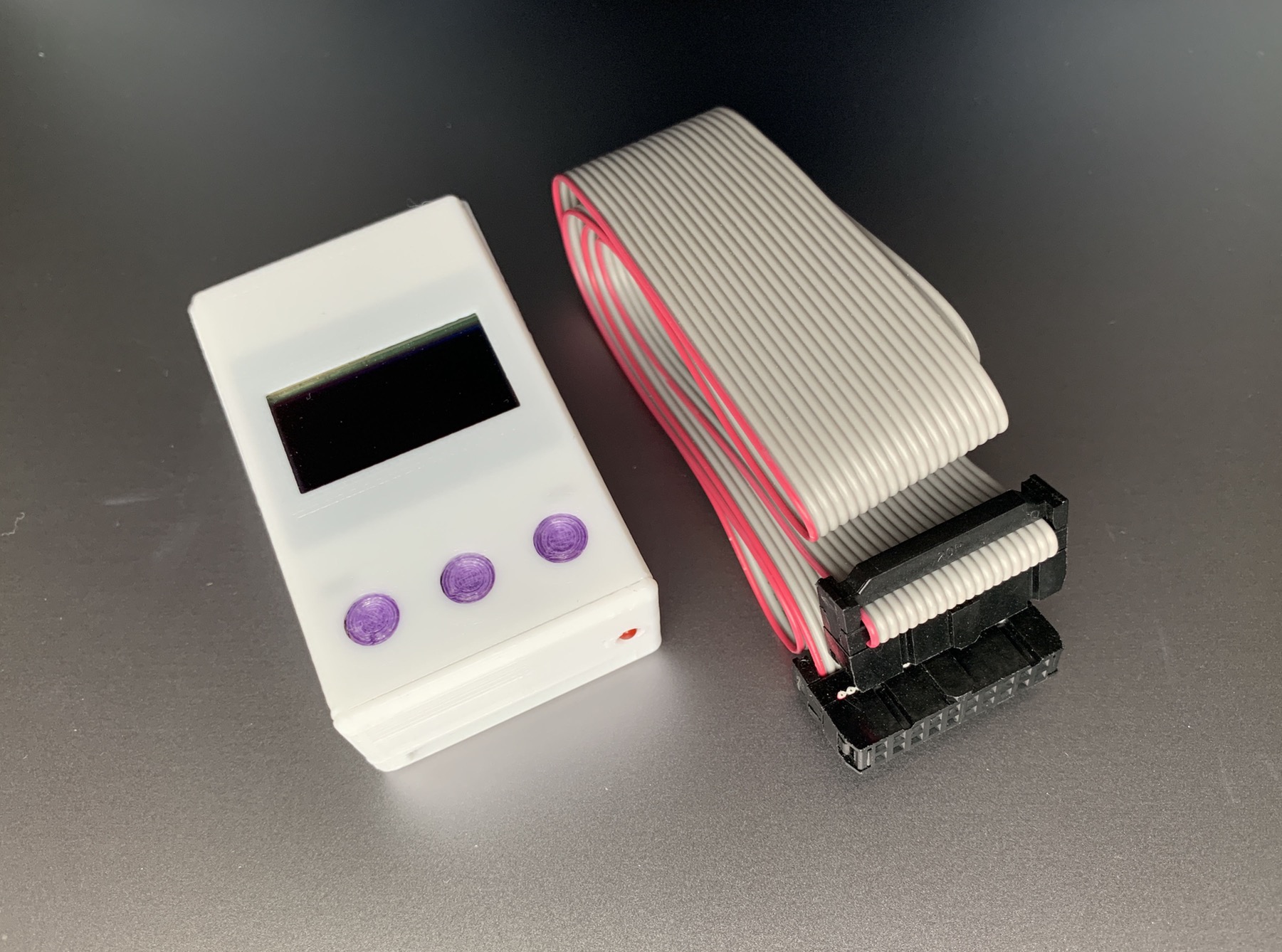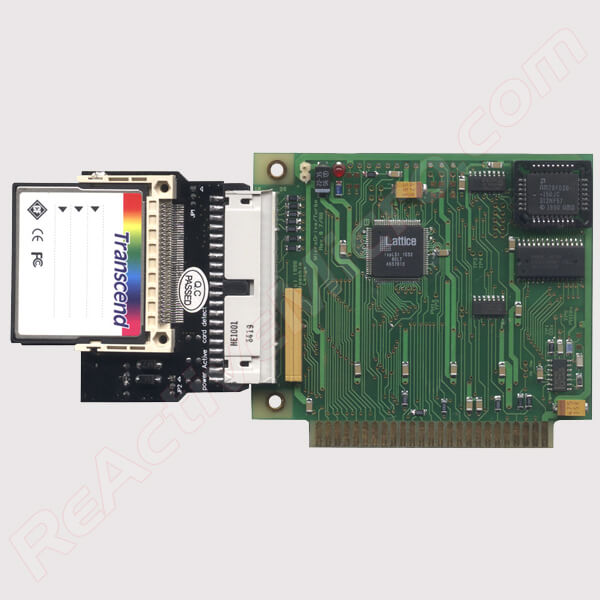I think the Apple's come into themselves when coupled with a bit of modern tech. There are many things to look at, but I'll highlight 3:
1) Storage.
There are quite a modern few mass storage products for Apple's. Some worth looking at:
a) Floppy Emu. Has Smartport (so images up to 32 Meg, acts like a hard disk) and floppy support. Will work with ][, //e, //c and Mac.

www.bigmessowires.com
b) wDrive. (I don't have one) I think quite similar to a FloppyEmu but does support .woz images*, I believe.
The wDrive is a disk drive emulator for the Apple II (II+, IIe, IIc, IIGS) that boots disk images (WOZ, DSK, 2MG, HDV, etc) from an SD card.

ct6502.org
c) BOOTi. a Card in a slot that does smartport and disk support. Quite inexpensive and will be available again soon.
https://ct6502.org/product/apple-ii-booti/ (Currently says protected - not sure what's up with that).
d) CFFA 3000. (I don't have one). A favorite of many people.
This is the CFFA3000 v1.0 Rev C-RM built by ReActiveMicro under license from R&D Automation.ReActiveMicro is an authorized dealer and partner with R&D Automation in an effort to help bring mor

www.reactivemicro.com
e) MD/T. (I don't have one). I believe the fastest of the lot, uses DMA.
NOTE: If you use your own CF Card you must confirm it complies to the original CF standard. If not it may not be compatible. And most manufactures no longer state revision compliance. Testing may be t

www.reactivemicro.com
I have the BOOTi and a Floppy Emu and use and like them both very much!
* Woz files are flux level disk images, so copy protected disks work, and more and more images are now in .woz format (
https://applesaucefdc.com/woz/).
2) VidHD. Slot card that has HDMI output. Works in Apple II's with slots (so not the //c). It's pretty amazing
In his latest video, Chris Torrence reviews the VidHD card from Blue Shift. The card lets you connect your Apple II, II+, IIe, or IIGS to a 1080p monitor or TV. Watch now! https://youtu.be/ehQpC2-NEBM

www.callapple.org
3) Uthernet II. Ethernet slot card. Maybe less applications than the other 2 above, but very cool. Works with ADTPro and the cc65 IP65 stack (so things like emai//er or a2stream for Apple II can be built) or Marinetti for Apple IIgs can use it to connect to the internet.
The storage things are the biggest bang for the buck and these machines really become a lot of fun once you can have a ton of images on a card/stick and switch quickly and easily. 32 Meg partitions enable things like Total Replay (
https://archive.org/details/TotalReplay)
-Stefan




